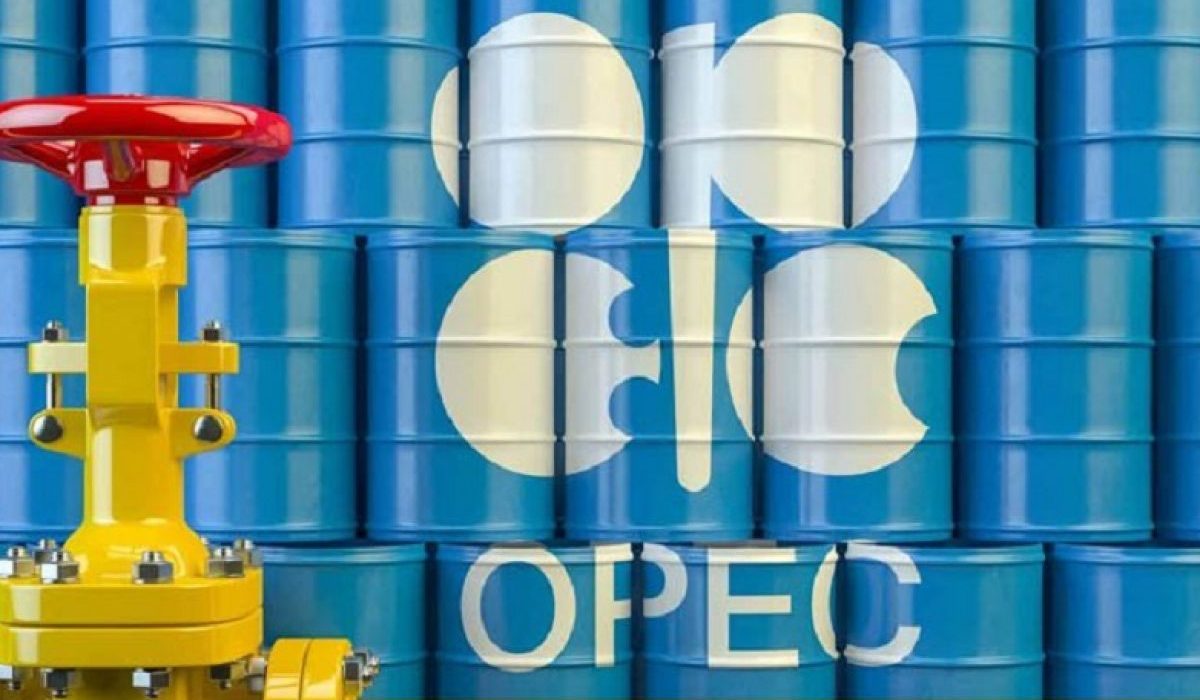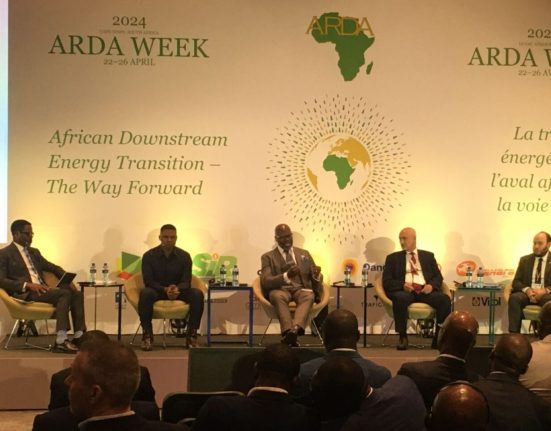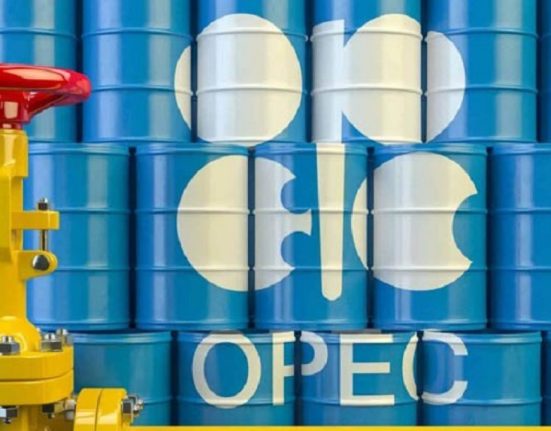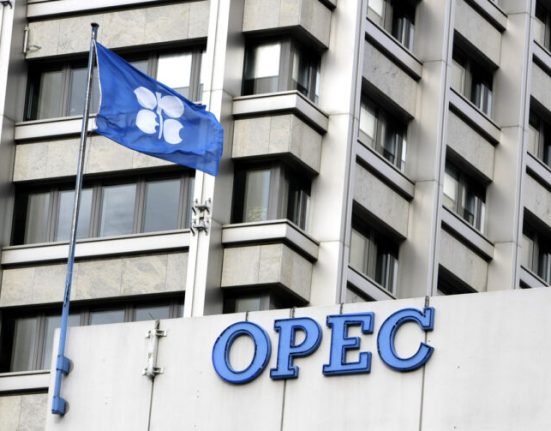On November 30, 2023, the Organization of the Petroleum Exporting Countries (OPEC) and its allies, collectively known as OPEC+, agreed to cut oil production by 1 million barrels per day (bpd) starting in January 2024.
Several factors drove this decision, but it might be helpful to consider OPEC’s motivations.
In much of the world – particularly countries that are net crude oil importers – OPEC’s motivations are frequently at odds with the economic desires of those countries.
OPEC seeks to maximize the value of the crude oil reserves of member countries. This is generally official government policy.
Contrast that to the government policies of the U.S., which generally revolve around a desire for stable, but low prices for energy. That isn’t necessarily what U.S. oil companies seek so that often pits the objectives of the U.S. government against those of the U.S. oil industry.
In OPEC countries, the goals are aligned. In many cases, the governments of these countries generate most of their revenues from the sale of crude oil into the export market. So, OPEC seeks the highest possible oil price they can get, without putting the world into recession or creating incentives for rival production and conservation efforts.
While controlling supply to influence prices, OPEC also wants to maintain or grow its share of global oil production and export volumes. Losing too much market share undermines its ability to impact the market.
Before the shale oil boom in the U.S., OPEC could more easily achieve these objectives. But, due to the surge in U.S. oil production, it is now impossible for OPEC to prop up prices without providing more incentives for U.S. production. Thus, the cartel has lost some power over pricing.
Nevertheless, OPEC and its allies produced about 50% of the world’s oil in 2022, and they control over 70% of the world’s proven reserves. Therefore, they still possess significant power to influence global oil prices.
But it’s often analogous to turning a big ship. It takes time for OPEC’s actions to impact the market. OPEC will announce a production cut, and if they follow through it will eventually dry up some of the excess supplies.
At the same time, non-OPEC countries like the U.S. are increasing production, which helps offset OPEC’s production cuts. It’s like an arms race between OPEC and the U.S., and so far, the U.S. has been largely able to increase production enough to negate most of the impact of OPEC’s cuts.
One final thought is that OPEC has wielded production cuts as a political weapon. This is one reason the cartel was expected to cut production, and why they may cut production again next year as we head toward the presidential election.
Possibly, OPEC members like Saudi Arabia and allies like Russia would prefer to see Donald Trump reelected, and they may therefore try to drive prices up ahead of the election. It will be harder for President Biden to win reelection if gasoline prices are skyrocketing ahead of the election, so this will be something to watch in 2024.
This article was originally published on OilPrice.com









